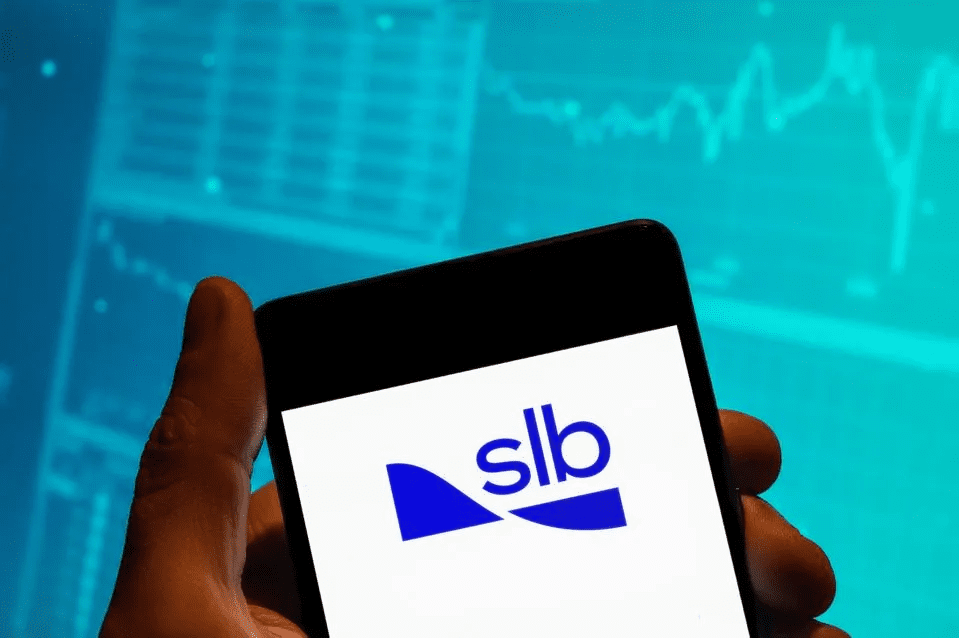International and offshore markets continue to showcase robust growth, outpacing North America’s more moderated development, according to Olivier Le Peuch, CEO of SLB. He pointed out that these regions now make up nearly 80% of SLB’s global portfolio, with offshore markets accounting for approximately half.
Le Peuch recently highlighted the international revenue growth his company has seen, with a surge of 21% year-on-year, from US$5.2 billion to US$6.3 billion. He attributed this to the company’s diverse portfolio and broad geographic reach, which offer a buffer against regional fluctuations.
In the second quarter, revenues grew by over 20% year-on-year in 14 of the company’s 25 international GeoUnits. Impressively, Saudi Arabia, UAE, Mexico, Guyana, Brazil, Angola, Caspian, and India all saw growth of more than 30% over this period.
“This has led to our highest year-on-year international incremental operating margin in the past three years,” Le Peuch said.
Petrobras selects SLB’s Delfi platform for 5-year digital transformation | OilNOW
“In the international markets, the investment momentum of the past few years is accelerating,” Le Peuch said, attributing this shift to “resilient long-cycle developments in Guyana, Brazil, Norway, and Turkey.” Other key factors include production capacity expansions in the Middle East, renewed exploration across Africa and the Eastern Mediterranean, and the increased significance of natural gas as a crucial source of energy.
In the Middle East, these changes have triggered record levels of upstream investment. Saudi Arabia alone is anticipated to allocate approximately US$100 billion to upstream oil and gas capital expenditure between 2023 and 2025. This marks a whopping 60% increase compared to the preceding three years, as the country strives to achieve a maximum sustained production capacity of 13 million barrels per day by 2027.
Moreover, several other nations in the region have announced considerable increases in capital expenditures extending beyond 2025, in line with their ambition to increase energy security and diversify their economies.
Le Peuch further outlined the resurgence in offshore activity, prompted by the global need for energy security and regionalisation. “Operators worldwide are making large-scale commitments to hasten discovery, accelerate development times, and increase the productivity of their assets,” he said.
New software by SLB, Quora promises to revolutionise oil project planning | OilNOW
Anticipating this trajectory, Le Peuch envisions over US$500 billion in global Final Investment Decisions (FIDs) between 2022 and 2025, with more than $200 billion ascribable to deepwater. This represents an impressive rise of nearly 90% compared to the period from 2016 to 2019.
Crucially, these investments are not concentrated in a handful of countries, but are instead spread out across more than 30 nations. Evidence of this trend is clear in the slew of new offshore projects and contract awards spanning the globe, notably in Mexico, Brazil, and Turkey.
Such contracts are instrumental in creating a steady stream of activities, insulating the company from short-term commodity price fluctuations. As Le Peuch stated, “These contracts, in addition to many others, are building a strong foundation of activity outlook decoupled from short-term commodity price volatility.”
In light of these promising trends, SLB is expecting further growth in the future. This optimism is based on accelerating activity in Well Construction, new opportunities for Reservoir Performance in exploration and appraisal, expansion for Production Systems in subsea, and the potent enhancements brought on by digital technology.




